
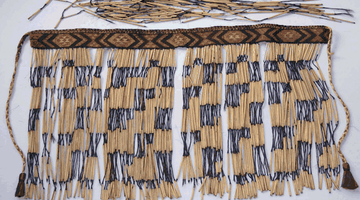
Māori have many traditional uses for harakeke (Phormium tenax) such as the making of traps and fishing nets and the weaving of whāriki (mats) and kete (baskets). Harakeke is also important for ...
READ MORE

Position: Professor in Ethnobotany, Massey University. Field: Agronomist working on crop production systems and improving yield quality – primarily with traditional foods such as taewa (Māori ...
READ MORE

In the early 20th century, New Zealand’s flax industry was a significant money earner, supplying fibre for the world’s rope and linen trade, but the advent of non-renewable synthetic fibres made ...
READ MORE

In this activity, students discuss the importance of observation in science. They are given the opportunity to observe harakeke and record their observations. It is important to seek knowledge ...
READ MORE
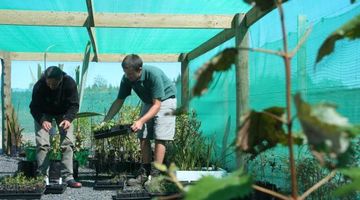
In this activity, students learn about rongoā Māori (medicines that are produced from native plants in New Zealand) through a silent card game. By the end of this activity, students should be ...
READ MORE
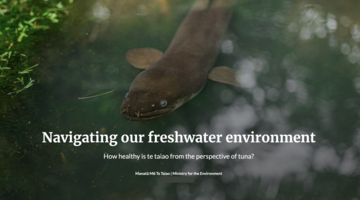
Navigating our freshwater environment is an interactive storymap that explores the state of rivers, lakes and wetlands – in a novel and engaging way. The storymap considers what’s going on from ...
READ MORE
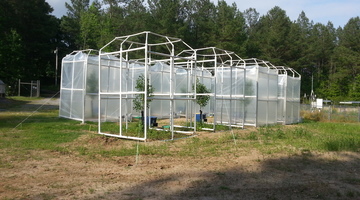
By comparing some features of fossilised plants with the same features of plants living today, scientists hope to be able to learn more about the effect of changing carbon dioxide (CO2) levels in ...
READ MORE
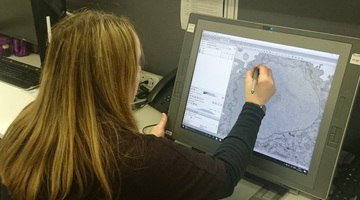
In this online citizen science (OCS) project, participants analyse electron microscope images taken of a range of biological samples, helping scientists better understand cancer, infectious ...
READ MORE

iNaturalist logs hundreds of thousands of photos of flora, fauna and fungi. There are even sound recordings too. Each is described and geo located. iNaturalist is used by citizens and scientists ...
READ MORE

Both science and mātauranga pūtaiao build knowledge and understanding about our world. Often, we start with curiosity about something we’ve noticed and we want to find out more. At other times ...
READ MORE
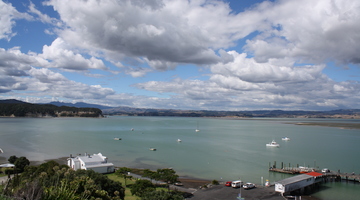
With 75% of New Zealanders living within 10 km of the coast, many students will be familiar with estuaries. In scientific terms, estuaries are the interface between the land and the sea – the ...
READ MORE

The Science Learning Hub has a selection of resources that have been translated into te reo Māori and a number of resources that feature both te reo Māori and English. Our webinar Opportunities ...
READ MORE
Rangi Te Kanawa, a textile conservator at The Museum of New Zealand Te Papa Tongarewa, faces the problem of rapid deterioration in dyed harakeke artefacts such as garments and mats. In order to ...
READ MORE
Dr Katja Riedel of NIWA explains that the air collected from the ice cores contains a mixture of different gases, and she describes which techniques are used to separate and measure them.
READ MORE
Dr Bronwyn Lowe (University of Otago) worked with Māori weavers to explore the properties of different harakeke varieties. In this clip, Bronwyn explains how the weavers’ traditional knowledge ...
READ MORE

Discover a range of scientific approaches – select a label for videos and more information to support your understanding.
READ MORE

An interactive that shows how early Māori used different fungi for food and medicine.
READ MORE
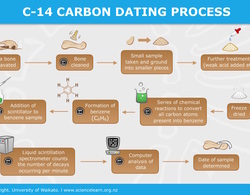
Historical artefacts like moa bones can be dated using a technique that measures the activity of the radioisotope carbon-14 still present in the sample. By comparing this with a modern standard ...
READ MORE